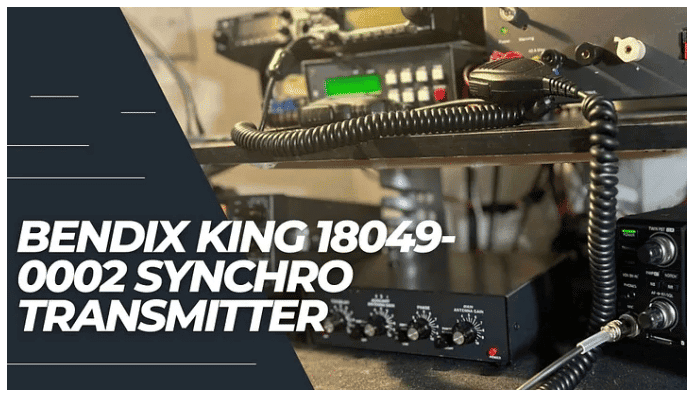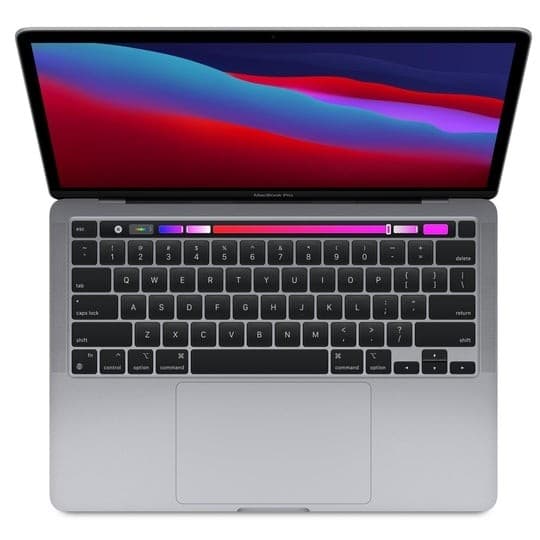Table of Contents
- What is Lill94m‑Plor4d85?
- Why It Matters
- Key Use Cases and Applications
- Technical Structure & Naming Patterns
- How to Work With Lill94m‑Plor4d85
- Common Pitfalls & Best Practices
- Security & Traceability Implications
- Future Outlook & Industry Relevance
- Conclusion
1. What is Lill94m‑Plor4d85?
Lill94m‑Plor4d85 (often written in lowercase with hyphenation) is a structured identifier, typically used as a module code, firmware SKU, hardware revision tag, or configuration key. Though it appears cryptic, identifiers like these serve a vital role in distinguishing one component, build, or variant from another in fields such as electronics, IoT, embedded systems, and software deployment.
- Format example:
"lill94m‑plor4d85". - Likely purpose: unique ID for traceability in supply chains, versioning systems, or firmware control.
Despite its obscurity in public documentation, Lill94m‑Plor4d85 is a powerful example of how modern tech ecosystems depend on such structured, machine-friendly naming conventions.
2. Why It Matters
Identifiers like Lill94m‑Plor4d85 may seem arbitrary, but they’re crucial. Here’s why:
- Precision tracking: Differentiates devices or modules down to precise manufacturing runs.
- Automated supply chains: Integrates seamlessly with inventory systems, reducing errors.
- Firmware control: Ensures targeted updates are only applied to compatible hardware.
- Debugging & support: Quickly narrows down issues to specific code or hardware variants.
As tech industries expand—especially with IoT and complex supply chains—the need for granular identifiers like this becomes ever more critical .
3. Key Use Cases and Applications
Though details are often internal, Lill94m‑Plor4d85–type identifiers are typically used:
- Firmware/Software Builds
Embedded systems and firmware management tools reference these identifiers to ensure correct versioning and integrity. - Product Part Numbers
Used in BOMs (Bills of Materials) and by procurement teams to identify exact component variants. - Debug Logs and Support
Error reports may include “device = lill94m‑plor4d85” to isolate issues to a specific platform build. - IoT Architecture
Differentiates between sensor modules, hardware profiles, or communication stacks in distributed systems. - ERP/CRM Databases
Logged in internal systems to aid asset management, warranty tracking, and audit trails .
4. Technical Structure & Naming Patterns
The naming style—lill94m‑plor4d85—hints at intention:
- First segment (“lill94m”) may encode product line, version number (e.g., 94), and module code.
- Hyphen separates logical groups.
- Second segment (“plor4d85”) often signifies configuration, build number, date code (e.g., ‘d85’ as day-of-year version), or test batch.
Why this structure is common:
- Machine‑readable and easy to parse programmatically.
- Supports sorting and comparisons in CI/CD systems.
- Reduces human error with consistent formatting.
5. How to Work With Lill94m‑Plor4d85
If you encounter this identifier in code, logs, or configs, here’s a practical workflow:
- Trace its origin
Check dev docs, version control annotations, or BOM listings for its definition. - Verify platform compatibility
Usegrepor query commands to ensure your hardware/software supports this specific tag. - Log interactions
Track warnings or actions tied to Lill94m‑Plor4d85 in production logs for audits. - Lookup metadata
Many internal systems map the identifier to device specs, revision notes, or test records. - Engage the team
Ask engineers or maintainers for context—these tags are rarely self-explanatory without insider knowledge.
6. Common Pitfalls & Best Practices
Despite their utility, such identifiers can cause issues:
- Copy‑paste errors: A typo in one character invalidates the reference.
- Ambiguous naming conventions: Without clear patterns, it’s easy to misidentify versions.
- Documentation gaps: Unsupported codes can cause confusion in firmware updates.
- Obscured meaning: Overly cryptic codes make onboarding and audits slower.
Best practices:
- Establish consistent naming rules (e.g.,
[project]-[version]-[build]). - Maintain up‑to‑date documentation and changelogs.
- Use automated validation tools in CI/CD pipelines.
- Implement lookups for human-friendly resolution.
7. Security & Traceability Implications
Identifiers like Lill94m‑Plor4d85 can also aid:
- Access control: Only authenticated devices with matching IDs receive updates or data.
- Anti‑counterfeiting: Helps distinguish genuine products in the field from knock‑offs.
- Audit trails: Logs reveal the exact hardware/software combinations in use.
However, when exposed publicly, these identifiers may expose internal system structure—revealing firmware versions, protocols, or batch cycles. Balancing traceability with confidentiality is essential.
8. Future Outlook & Industry Relevance
As the pace of technology increases, expect identifiers like this to become even more widespread:
- AI & ML: Data-tag identifiers enable controlled deployment and rollback of model versions.
- IoT expansion: Supply chain systems must track billions of discrete device variations.
- Security frameworks: Identity-based updates and attested firmware depend on unique tags.
- Industry 4.0: Precision manufacturing uses such codes in the digital twin and component tracking.
Understanding structured identifiers gives professionals an edge in configuration management, quality assurance, and system resilience.
9. Conclusion
Lill94m‑Plor4d85 stands as a compelling example of how structured identifiers underpin precision in modern technology. Far from random, these codes facilitate:
- Unambiguous identification of hardware/software variants
- Seamless supply chain coordination
- Controlled firmware deployment and security validation
- Efficient debugging and asset auditing
If you’re a developer, engineer, or systems administrator, leveraging these identifiers—while following documentation and naming conventions—boosts accuracy, reduces risk, and streamlines scalability. As systems become more interconnected, mastery over such identifiers will be a vital skill.
Read More From https://ipsnewss.net/






